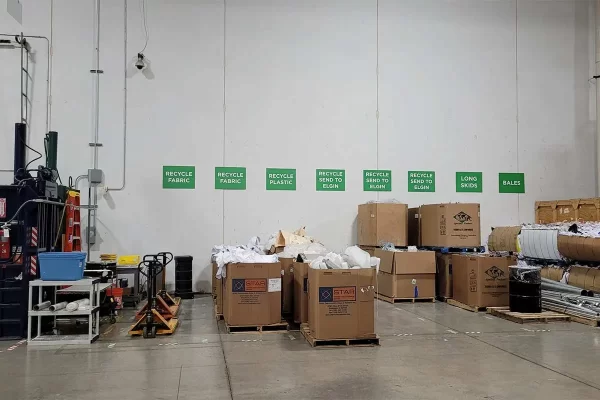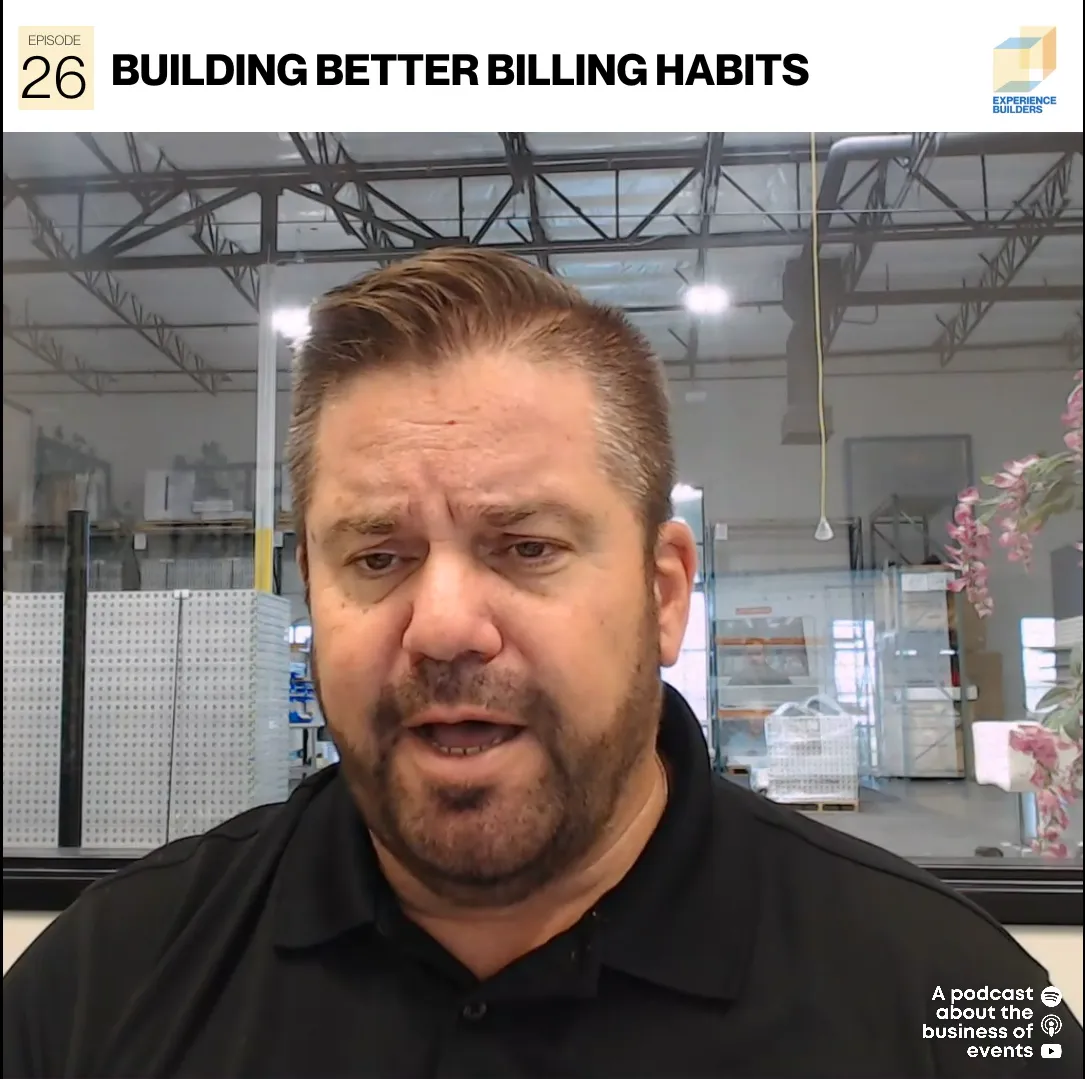What better way is there to learn about successful green meeting initiatives than to go behind the scenes at a major conference to see how it is done?
That’s what the Convene Green Alliance (CGA) did on Oct. 19 at the Walter E. Washington Convention Center during the American Academy of Pediatrics (AAP) National Conference and Exhibition.
It was a meeting within a meeting that featured presentations from the AAP green meeting planning team and concluded with a tour of the AAP conference while it was up and running. The unique format allowed attendees to see firsthand the environmental sustainability initiatives and accomplishments of AAP in real-time.
Jared Cohen, manager of convention and meeting services for the American Academy of Pediatrics addressed forum attendees with a candid presentation about AAP’s not-so-green history. He commented on how the association has made its environmental commitment a priority over the last couple years and accomplished many of its sustainability goals. He described the importance of communicating the association’s expectations to host cities, the hotel community and vendors beginning with the RFP process.
AAP relied heavily on its general contractor, TradeshowLogistics, to organize the greening efforts of its many supplier partners. B.J. Enright, president of TradeshowLogistics, made it her mission to involve both exhibitors and their suppliers in AAP’s green plan. She emphasized the importance of communicating the Academy’s sustainability goals to exhibitors and contractors early and often.
TradeshowLogistics offered AAP exhibitors an online exhibitor manual, completely forgoing the traditional printed exhibitor manual, and even more modern PDF and CD versions, to avoid end-user printing. Exhibitors applauded the general contractor’s centralized online exhibitor ordering function, which served as a one-stop shop for all exhibitor needs.
TradeshowLogistics also demanded green practices from their audio/visual, cleaning, floral, furniture, carpeting, labor, shipping, signage and storage providers, which contributed to AAP achieving its sustainability goals.
Angelique Cofield, manager of convention services at the Walter E. Washington Convention Center, described the center’s role in AAP’s green meeting planning process. Cofield reported that almost every client inquires about the building’s environmental initiatives and its ability to facilitate green meetings. She emphasized, however, that these inquiries do not always translate into an environmental commitment from the organization. The center has an abundance of standard environmental initiatives that are employed for all meetings, but works directly with clients to customize efforts to assist a client in achieving their desired “shade of green.”
The center worked with AAP to determine the potential environmental footprint of their conference based on five separate areas of impact: site, water efficiency, energy and atmosphere, materials and resources and indoor environmental quality. Together with AAP, the center employed existing strategies and integrated new strategies to develop a plan to maximize recycling efforts, reduce energy usage and to communicate these goals and strategies to members. Cofield emphasized the importance of the final stage of the plan: compiling the metrics. It is important to employ measurement techniques to monitor the success of program implementation, and to provide a basis for improvement for future conferences.
At the Walter E. Washington Convention Center, groups have an added incentive to encourage participation in the Center’s advanced recycling program. Clients must pay to have garbage hauled from the facility; however, they do not pay to have recyclables hauled. AAP attendees were encouraged to participate in the “Know the Code” recycling and waste minimization program, a color-coded approach to waste separation on the show floor.
Forum attendees were treated to a “green” breakfast prepared by Master Chef Philippe Chin of Centerplate NBSE. Chin reviewed his sustainable food selection and preparation process employed to prepare the Forum breakfast. Like other suppliers, Chin also described Centerplate’s contribution as a member of AAP’s green planning team. Centerplate plays a large role in the Center’s recycling program, striving to minimize waste and adhere to the “Know the Code” recycling program in the kitchen and in the Center’s various food outlets.
Chin described Centerplate’s additional contributions, including the composting of table scraps, donation of leftover food to local charities, a commitment to using locally-grown products whenever possible, discouraging the use of disposable items in favor of cutlery, china and glassware and recycling grease and oils.
Dan Sherman, Mass Transportation Specialist, Transportation Management Services, partnered with AAP to implement an innovative Carbon Offset Shuttle Program that provided a negative carbon footprint from ground transportation during the AAP meeting. MTS was able to create a post-show tally of the number of gallons of diesel each bus burns along with the number of numeric tons that each bus emitted. Once these final numbers were calculated, TMS will make a donation in the necessary amount to a verified carbon offset program, to achieve a negative carbon footprint.
After the presentation, Cohen and Enright led the group on a tour of AAP’s tradeshow floor and meeting areas, identifying and describing green initiatives along the way. Attendees also had the opportunity to see back-of-house initiatives like the loading dock and garbage and recycling sorting stations.
CGA is managed by IMN Solutions, an association, foundation and meeting management company. For more information about CGA, visit www.convenegreen.com.






















